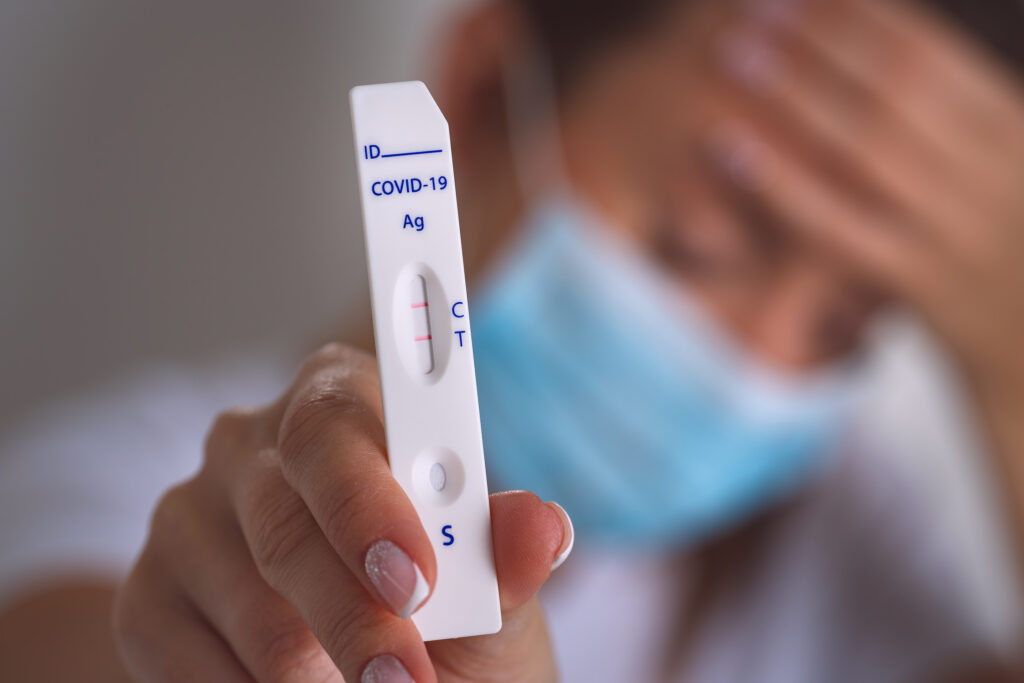The COVID-19 pandemic put an enormous strain on the American medical system. Surging case rates left facilities without beds. Quarantine requirements created a logistical nightmare. High rates of infections among doctors and nurses and a punishing workload led to staff shortages. Fortunately, many medical professionals rose to the occasion–working past their limits and saving lives.

At many hospitals, though, business decisions and management failures led to dire conditions for patients, sometimes causing more harm than healing.
COVID-19 impacted patient safety
Aside from the obvious risk of infection, the COVID-19 pandemic had far-reaching impacts on patient safety, leading to diagnostic errors, increasing infection rates, and other adverse outcomes.
Staff shortages were partly responsible for the increased risk to patients. Although some staffing shortages were unavoidable, others were caused by hospitals avoiding the costs of overtime, or failing to create a safe working environment for their employees. In those cases, hospital administrators played at least a partial role in the failure to appropriately staff facilities.
Supply shortages also caused negative outcomes for patients. The pandemic certainly created chaos throughout the global supply chain, but some hospitals may have failed to act fast enough or balked at the increasing cost of supplies, even with access to cash from the Provider Relief Fund.
Some patients weren’t protected from COVID-19
In some hospitals, patients without COVID-19 weren’t adequately separated from patients who had tested positive for the virus, leading to infections that may have caused severe illness, long-term effects, and even death.
In July 2020, well after the severity of the virus had been established, a National Nurses United survey of more than 21,000 nurses found that 32% were working in a facility that didn’t have a dedicated COVID-19 unit. Even in facilities where COVID-positive patients were supposed to be quarantined, the rules weren’t always enforced; patients with active infections were able to interact with those who didn’t.
No-visitors policies impacted patient wellbeing
During the pandemic, many hospitals enacted policies prohibiting friends and family from visiting patients. On the surface, these rules were intended to prevent additional infections–either of visitors by infected patients, or of patients by unknowingly infected visitors.
However, it’s been well documented that those policies made conditions inside hospitals far worse for patients, leading to increased rates of depression, anxiety, and loneliness that impacted their medical outcomes.
Does misery equate to malpractice?
Many of the conditions patients experienced during COVID-19 can be attributed to the pandemic itself. Even medical facilities that rigorously applied best practices provided a safe environment for staff and did everything they could to take care of patients still saw an increase in adverse outcomes.
If you were hospitalized during the COVID-19 pandemic and experienced a negative outcome as a result of conditions inside the hospital, you may be entitled to compensation. For a free consultation with an attorney at Napoli Shkolnik, click here.